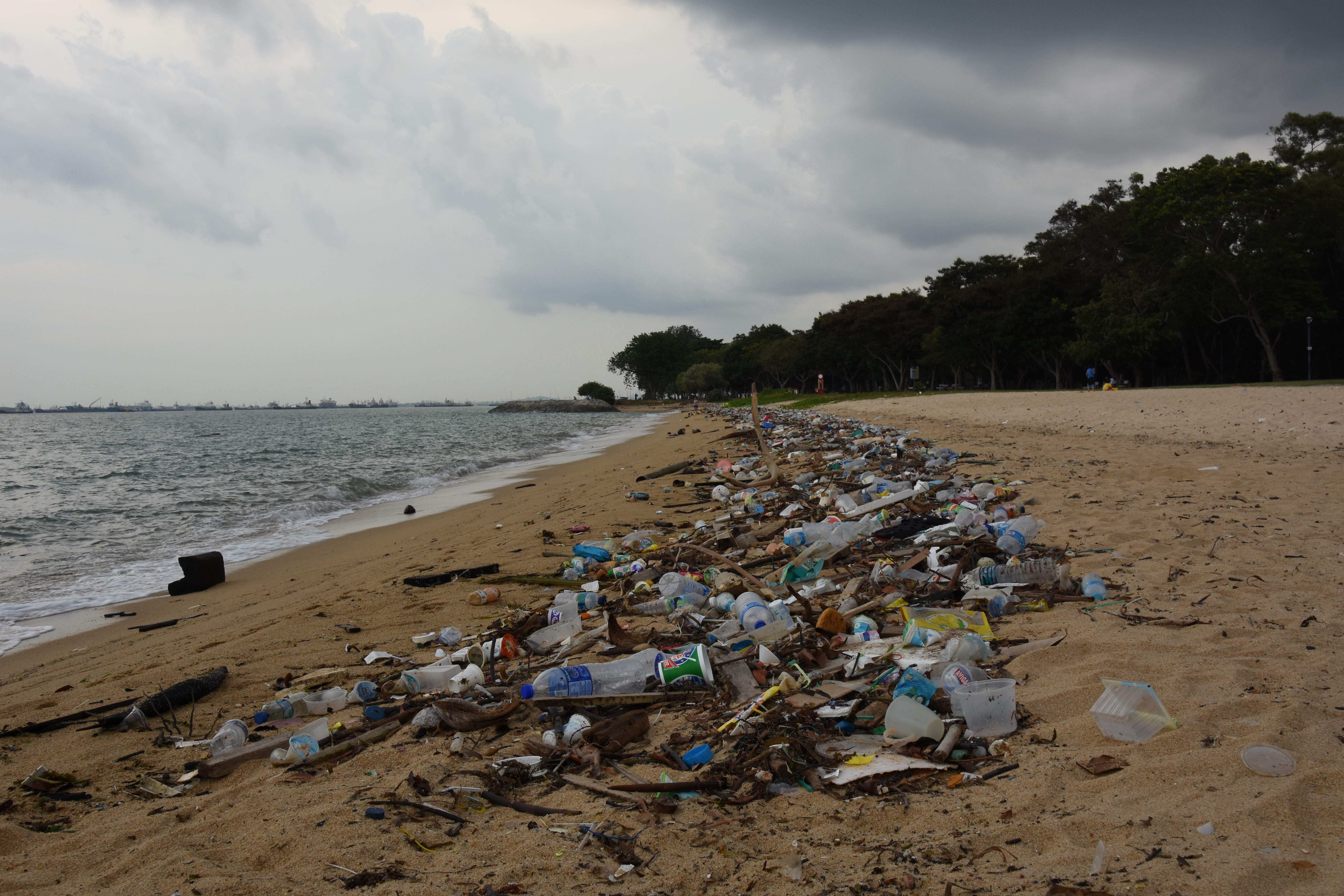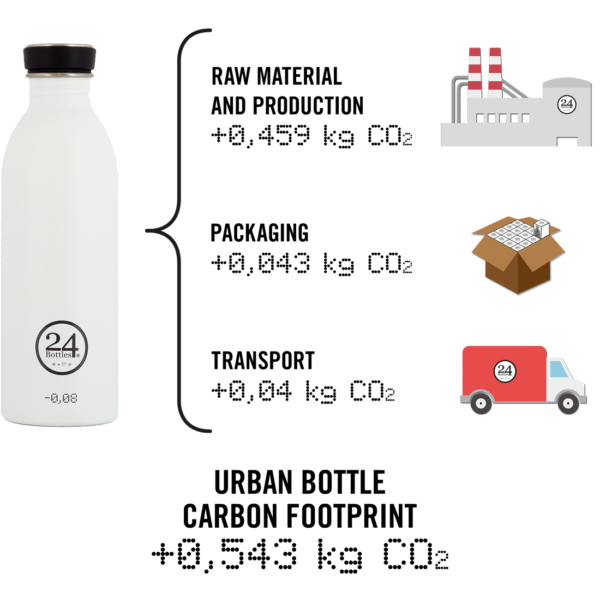
Plastic is everywhere in our lives, from kitchenware and phone cases to grocery bags and children’s toys. However, many people are unaware of the full extent of the environmental impacts of this omnipresent material. Plastic production is a major contributor to greenhouse gases and climate change. In this article, we examine how to calculate your plastic footprint to estimate how much plastic you use and how much plastic waste contributes to environmental degradation.
What is a Plastic Footprint and Why Does it Matter?
A plastic footprint refers to the total amount of plastic waste an individual, organization, or society generates through the production, consumption, and disposal of plastic products. This includes all plastic items, such as plastic bottles, bags, packaging, and other single-use plastic products.
There are different types of plastic pollution generated throughout the life cycle of a plastic product.
1. Plastic Solid Waste
Plastic solid waste refers to any solid plastic material that is discarded or thrown away. This type of waste can be generated from households, businesses, and industries and can have a significant impact on the environment if not properly managed. Plastic solid waste can take hundreds of years to decompose, and if it ends up in the environment instead of a clean landfill, it can release harmful chemicals into the soil and water. Plastic solid waste that ends up in oceans and waterways can harm marine life and disrupt ecosystems. Unfortunately, approximately 14 million tons of plastic waste makes their way to the ocean every year on a global scale.
2. Microplastic Waste
Microplastics are microscopic plastic particles that are less than 5 millimeters (0.2 inches) in size. They can come from a variety of sources, including the breakdown of larger plastic items, such as water bottles and plastic bags, as well as the shedding of tiny fibers from synthetic fabrics like polyester and nylon.
Microplastics are difficult to remove from the environment once they have been released. This type of plastic waste can be easily transported by ocean currents and wind and have been found in areas as remote as the Arctic and Antarctic regions. Microplastics can also be easily ingested by animals and even humans. For example, a recent study found that microplastics have already reached the human bloodstream.
3. Atmospheric Waste
The atmospheric waste of plastic includes all greenhouse gasses that a plastic emits from its production to disposal. This is also known as the carbon footprint of plastic. Globally, plastic contributes about 3.4% to global carbon emissions. This means plastic releases 1.8 billion tons of greenhouse gas into the atmosphere every year, and up to 90% of these are emitted through production.
How Do We Measure Our Plastic Footprint?
While the majority of plastic footprints are generated by corporations, individuals also have a plastic footprint we can assess and reduce. To calculate this, we need to identify three factors:
Plastic Type
- The type of plastic used to make the products you’re using. The most commonly used plastic types are PET and LDPE. These are used to create plastic bottles, food packaging, textiles, and reusable plastic bags.
- There are also more eco-friendly types of plastic made from natural materials, such as starch, cellulose, or corn oil, rather than petroleum-based chemicals. The most common types of eco-friendly biodegradable plastics are PLA (polylactic acid), PHA (polyhydroxyalkanoates), and PBAT (polybutylene adipate terephthalate).
Plastic Weight
- The total weight of the plastic products you’re using in a specific time period, such as the kilograms of plastic products you’ve used in a week. While this may seem like a lot to track, there are plastic consumption calculators accessible online that help you calculate the total kilograms of plastic you use in a year with just a few clicks.
- With this calculation, you can already identify the amount of solid plastic waste you’re generating within a year. This will give you a clear picture of how many plastic products you may want to replace with a more sustainable option.
Carbon Equivalent
- The total amount of carbon necessary to produce a specific type of plastic. For example, every kilogram of PET and LDPE emits about 6kg of carbon.
- Once all factors are identified, you can multiply the equivalent quantity of carbon per kilogram of plastic by the total kilograms of plastic products you consumed in a year to calculate the carbon equivalent of your annual plastic footprint.

Source: PNGEGG
How to Reduce Your Plastic Footprint
By measuring your plastic footprint, you will be able to see your environmental impact and can adjust your personal consumer choices to reduce your plastic consumption.
While the majority of plastic production and plastic footprints stem from companies, individuals can push these entities to reduce their greenhouse gas emissions through consumer pressure and reduced individual plastic usage. Here are some of the practices you can do to reduce your plastic footprint.
- Use reusable bags: Bring your own reusable bags when shopping instead of using single-use plastic bags.
- Say no to plastic straws: Refuse plastic straws when you order a drink, or bring your own reusable straw.
- Carry a reusable water bottle: Use a refillable water bottle instead of buying bottled water.
- Bring your own containers: Bring your own containers to stores for bulk purchases such as rice, beans, and snacks instead of using single-use plastic bags.
- Avoid single-use plastics: Avoid using single-use plastics such as disposable cutlery, plates, and cups. There are many eco-friendly reusable cups for every beverage, such as reusable coffee cups and boba cups, that you can use at your favorite store instead of disposable cups.
- Use eco-friendly alternatives: Use eco-friendly alternatives to plastic products that you use on a daily basis, such as bamboo toothbrushes, wooden utensils, and beeswax wraps.
- Properly dispose of plastics: Ensure that plastic waste is disposed of properly, such as recycling or, for some types of plastic, composting.
